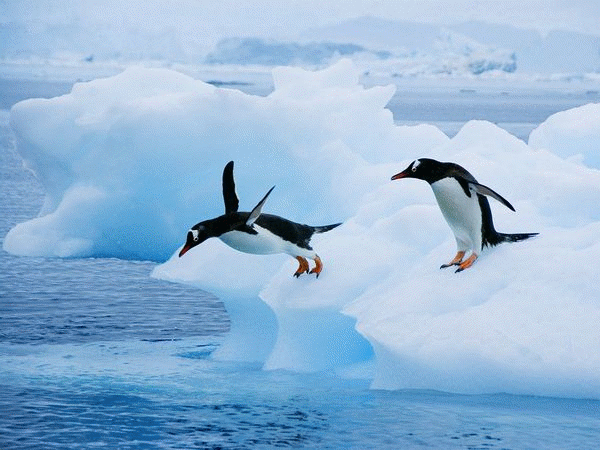 Maintenance of body temperature is an example of homeostasis.
Maintenance of body temperature is an example of homeostasis.
Life is a condition that distinguishes organisms from inorganic matter, which is manifested by growth (growth is defined as an increase in some quantity over time) through metabolism, reproduction and the power of adaptation to environment through changes originating internally.
The human body consists of close to 100 trillion cells and each one of them is part of an organ system designed to perform essential life functions such as respiration, growth and development, movement, reproduction, control, coordination and regulation.
Homeostasis is the property of any system especially a living organism, that regulates its internal environment so as to maintain a stable, constant condition. The whole set of chemical reactions that cells use to receive energy is called metabolism.
 Penguins are much adapted to ice prone environment within the Antarctic Circle.
Penguins are much adapted to ice prone environment within the Antarctic Circle.
Adaptation is the ability to change over a period of time in response to the environment. Adaptations refers to the fitness and survival of individuals. The living organisms face a succession of environmental challenges as they grow and develop in response to the imposed conditions for their survival.
The resemblance of the offspring to their parents is a characteristic feature of life. Organisms tend to perpetuate their kind through reproduction. Reproduction is the ability to produce new organisms. Reproduction can be the division of one cell to form two new cells and usually the term is applied to the production of a new individual organism. Thus, Living things are systems that tend to respond to changes in their environment, in such a way as to promote their own continuation.